The Bagpipe Society
Print your bagpipe
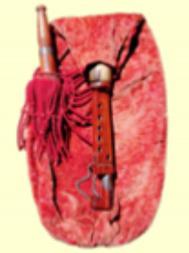
After studying the French bagpipes from Gascony (Boha), I made some of them in the traditional way. Then I started to create models and print instruments in 3D. Here is a summary of that experience.
To design a printable bagpipe you will need some hardware, a 3D printer, 3D printing software, and most importantly, 3D modelling software.
For the modelling, I chose the software Freecad which is free and can be downloaded. It takes “moderate” work to learn how to use it and there are many tutorials available. After two months, I realised my first model of a Boha. You can see the result of this on the image below.
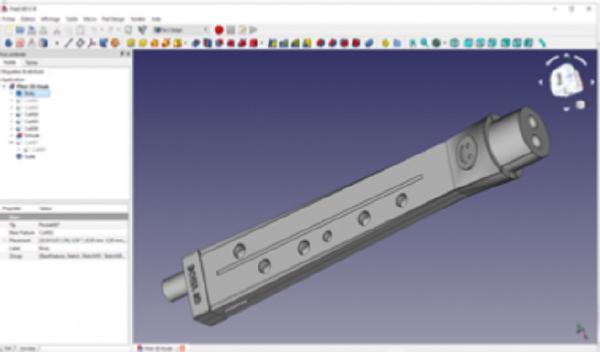
It is essential to draw each element on paper in order to note all the dimensions useful for the creation of the model. My work is based on the results of the method I used for the study of historical Bohas.
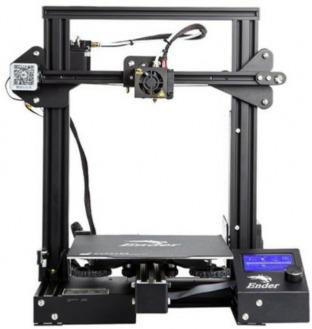
After modelling, it is necessary to transform the models into a code executable by the printer. I used the software Cura which is also free and able to adapt the code for many printers. My printer is a Creality Ender 3D Pro which is very reasonably priced under €250. To create this bagpipe I prepared then printed:
- the chanter named pihet,
- the reeds body,
- the brunider extension,
- the chain linking the brunider extension to the pihet,
- the pihet stock,
- the blowpipe stock,
- the blowpipe and its Interchangeable mouth piece.
To see the results of printing all these elements you have to be patient. This takes more than thirty hours, including ten hours for the chanter (pihet).
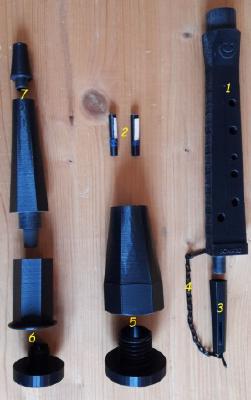
After printing there is still a little work to be done to remove the burrs. I use a PLA type plastic, it is a polyester-like polymer and a compostable bio-plastic.
The pihet and the blowpipe stocks are screwed, which allows the bag to be blocked between the screw and the nut and thus to ensure the tightness. This is possible because the plastic does not swell because of humidity so does not split like wood.
Print settings:
- layer thickness 0.2mm
- filling density 40%
- printing temperature 200 Celsius degrees.
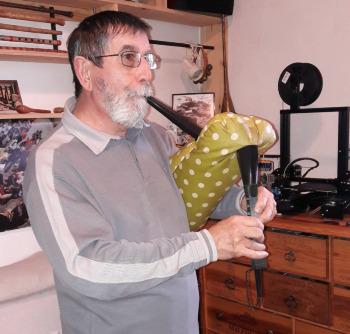
The result is surprising. The printed bagpipe is very light and resistant and above all the produced sound is very similar to the boxwood models. This experience allows us to print modern study instruments at very low cost. It was not possible to make the following parts by printing them:
- the tongue for the reeds,
- the non-return air valve of the blowpipe,
- the bag.
This project was carried out in the second half of 2020 and as the confinement due to Covid 19 continued, I took the opportunity to create models and print the 19 historical Bohas known today.
My goal was to physically dispose of the instruments in order to be able to study and compare them better. This has already enabled me to visually make some interesting observations. Observations confirmed by using the “Laboratory” available on the Boha virtual museum:
http://museedelaboha.fr/Labo-Virtuel/labo-virtuel.html
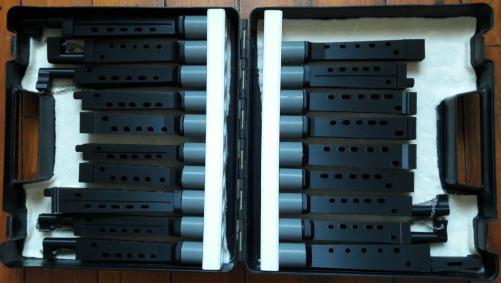
I do not make reproductions with the decorations, the traces due to the age and the various accidents which occurred on the originals. Although it would be possible with a 3D scanner but I opted for a realisation of these instruments as they could have been at their creation. These 3D prints are therefore without decorations with smooth shapes compared to the originals made manually.
However, I scrupulously respected the dimensions noted during the study of historical Bohas. I had a particular attention to the bore of the Melodic Pipe, Semi Melodic Pipe and the playing holes.
With this modelling, we obtain very faithful reproductions of old instruments in their original form. The good news: Free printable files (.stl format) of the 19 historical Bohas are available on the Boha virtual museum : http://museedelaboha.fr/Instruments/impression.html
The virtual boha museum is now available in English by clicking on the English flag at the top of each page.
For more information do not hesitate to contact me: bohairepatrick@free.fr *Participants of Sunnseitn Bordun Dudelsack Festival 2021. Photograph by Franz Durst. *
- Data Processing Notice (GDPR)
-
@BagpipeSociety on X (formally known as Twitter)
-
TheBagpipeSociety on Instagram
-
 BagpipeSociety on Facebook
BagpipeSociety on Facebook
Something wrong or missing from this page? Let us know!
